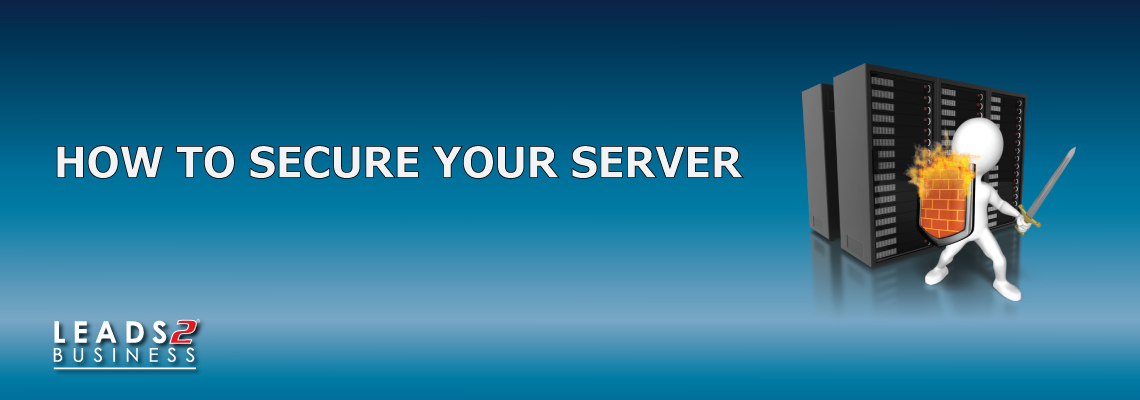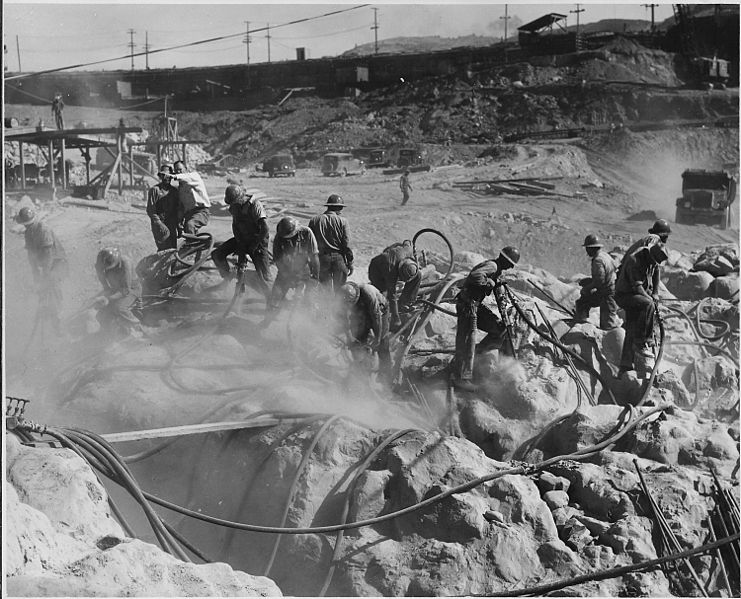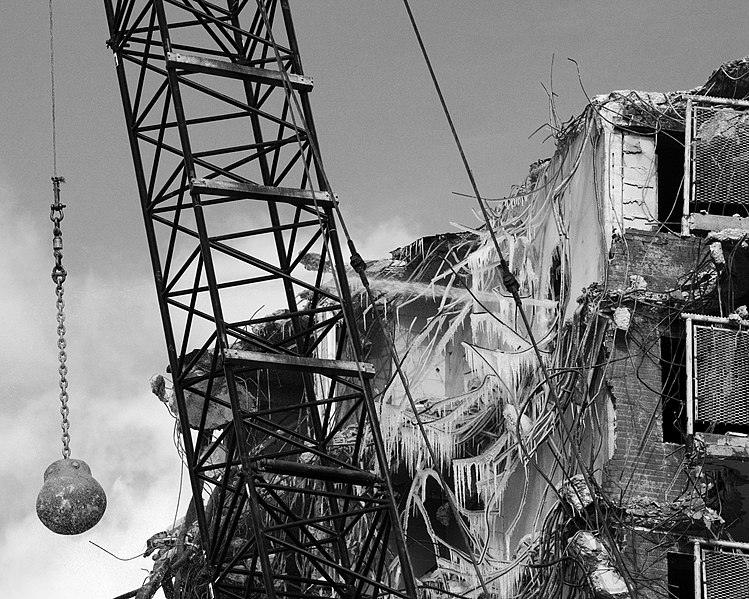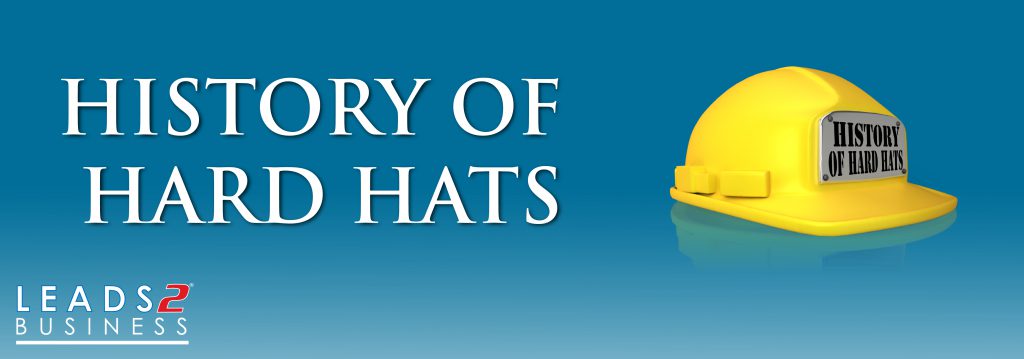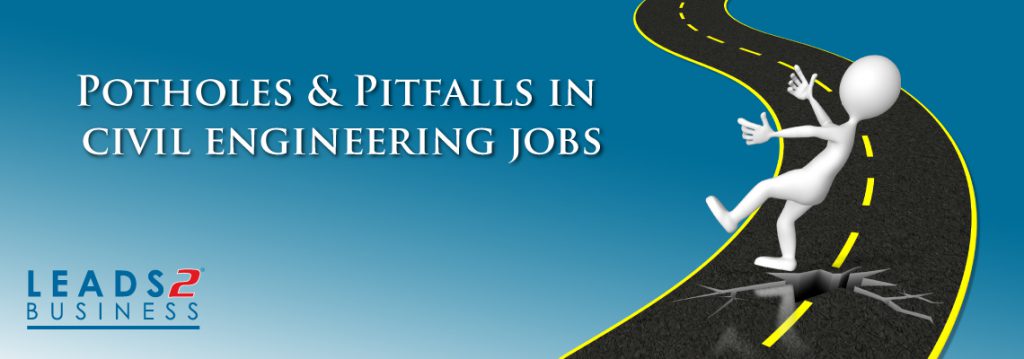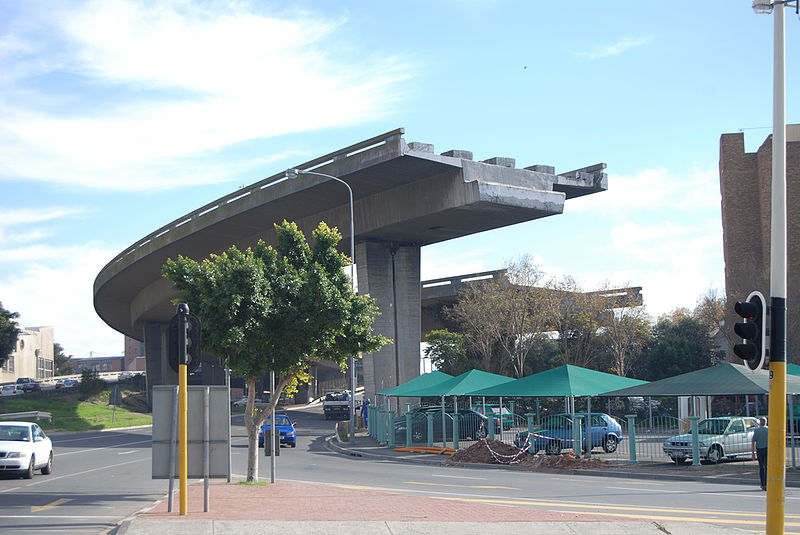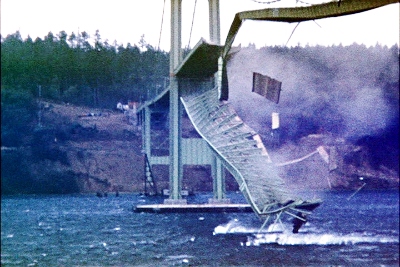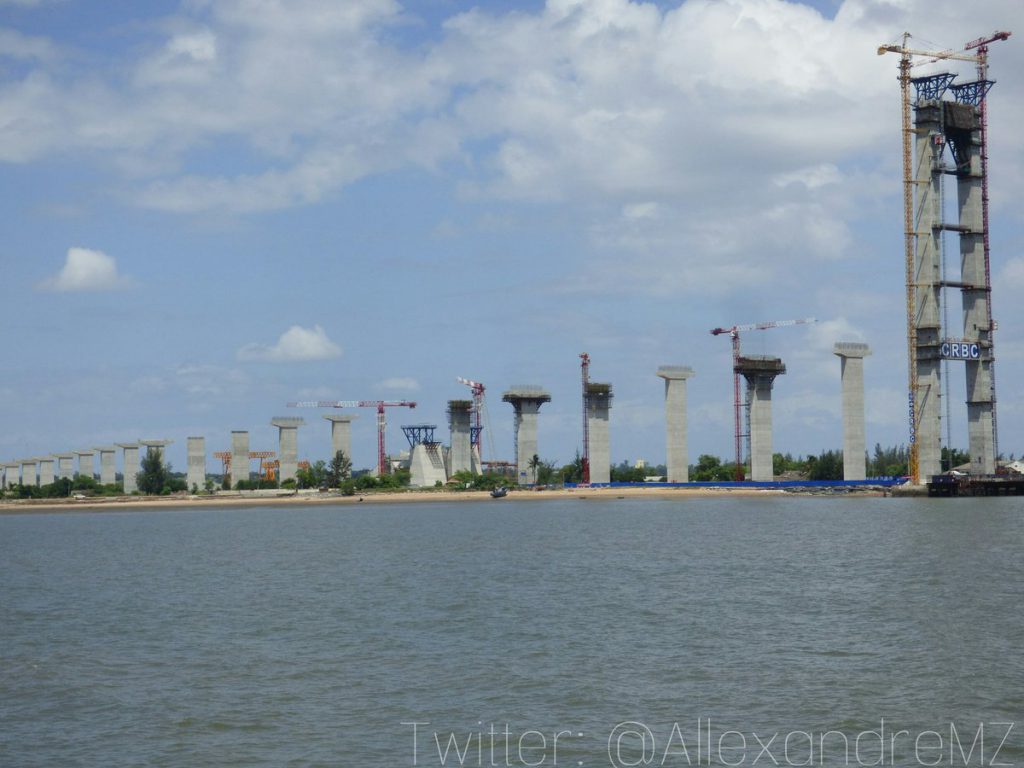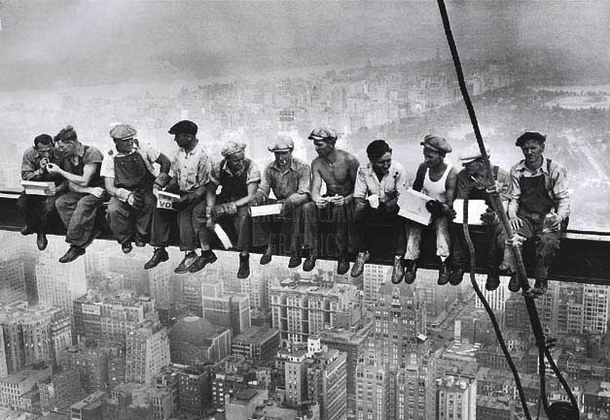
Safety (noun); the condition of being protected from or unlikely to cause danger, risk, or injury.
Safety really should not be complicated. Sometimes taking all the safety precautions can end with injury and in some extreme cases, even death.
Some examples spring to mind…
20 years or so ago, my school friend was travelling from Durban to Pietermaritzburg with her father, and they had an accident. Emergency personnel could not free her from her safety belt, and she ended up being burnt to death.
In some other cases, some people might still be alive if they had their safety belts on, which would have stopped them getting ejected through the windscreen. Buckle up and maybe carry a knife on you just in case you need to free yourself.
Then there are a couple of cases where timber workers, felling trees, end up with the tree falling in the wrong direction, or maybe they were just standing in the wrong place at the wrong time and got hit by it; instant death. Protective clothing and helmets did not help in these cases, but maybe if they had a better knowledge or were more aware of their position, they might still be alive.
Whilst you may have heard of these safety rules before, some do need repeating:
- Stay alert and stay alive. The more awake you are, the less likely you will get hurt. I don’t know how many times I have driven on the N3 and seen trucks overturned. Rest when you feel tired. Rather get there alive, than in pieces.
- Wear the correct clothing. Protective clothing should fit properly. Wear your protective helmet. You never know when an accident may occur. Be prepared.
- Use the right tools. If you need a spanner, use it. Using incorrect equipment is just asking for trouble.
- Don’t play pranks. Practical jokes can be dangerous, especially around heavy machinery.
- Be tidy. This will reduce hazards. Always put your tools away when you are not using them and keep your floors clean and clutter-free. A slip or fall may just end up being a hospital call.
- Do not take chances or shortcuts. Do it right, and do it safely. Short cuts are probably the biggest killer of all. To save a minute or two, you may lose a life.
If you follow all the safety precautions and still end up getting hurt, get first aid immediately. Neglect of an injury could lead to infection, loss of work time and in some cases, permanent injury.
Remember, your safety is your responsibility. If you are in doubt, contact your supervisor or manager for instruction, guidance, or training.
Safety is not complicated, but it is a choice. Choose wisely.
If you are interested in becoming one of our subscribers, please visit Leads 2 Business.
To view notes with screenshots on how to use our website, please visit Leads 2 Business Wiki.
To view more Articles, please visit our Leads 2 Business Blog.
About Melanie Miles
One girl who would rather wear boots than high heels...
- Web |
- More Posts(62)


